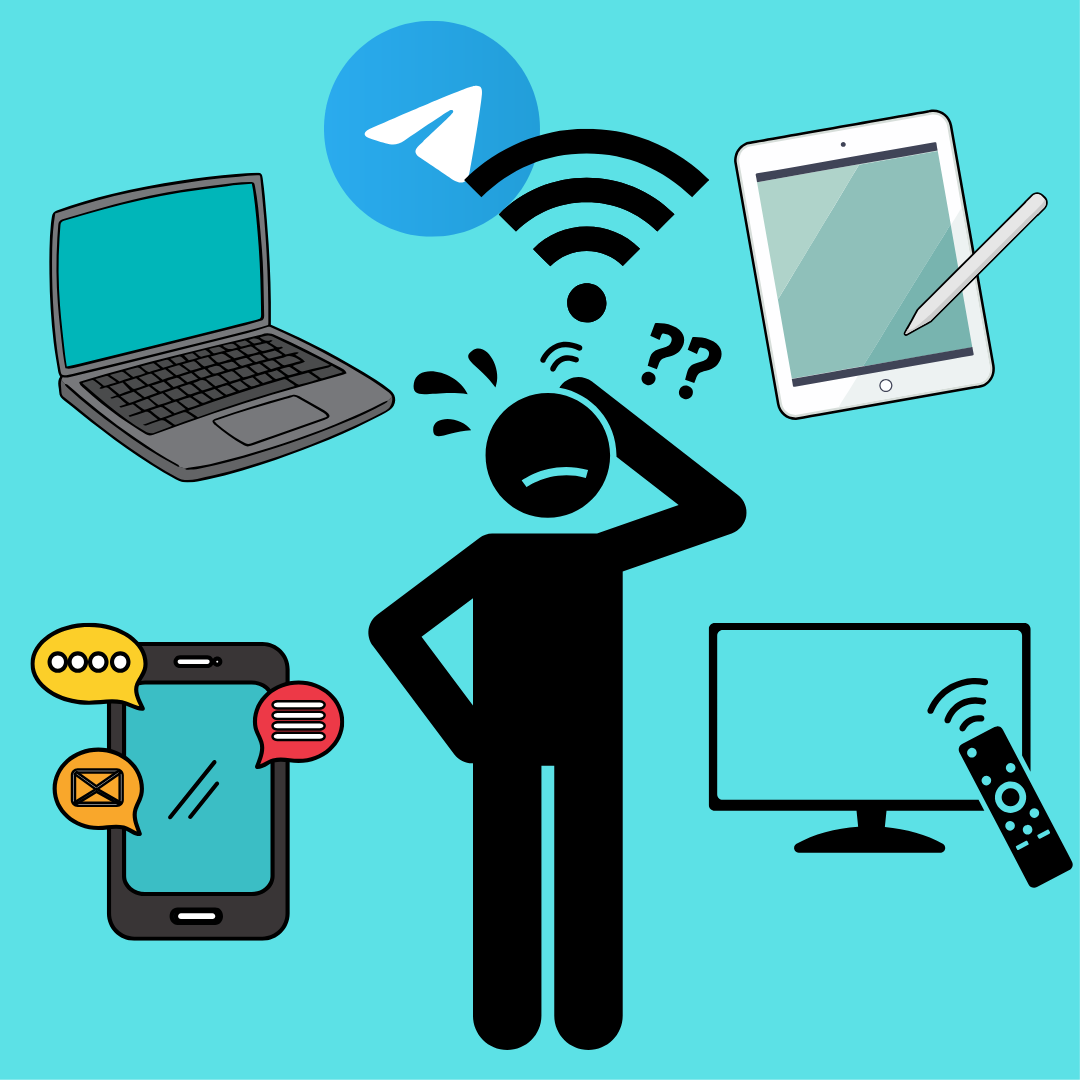Why depression rates are going up and what to do about it
Depression is something that can be described as an emotional pit, an experience that can feel like Hell on earth.
Unlike other illnesses that seem to be decreasing in frequency as we become more technologically and medically advanced, the numbers of those with depression continues to increase.
And the primary target of this increase? Kids between the ages of 12 and 17 years old and adults between the ages of 18 and 24 years old. Along with increased depression rates, those age groups are also reporting experiencing higher overall stress levels.
Why is this the case? It could be that there are better tools at measuring stress. There is a theory known as the diathesis stress model which hypothesizes that after a certain amount of stress is experienced by an organism, that organism can develop a disorder, such as depression.
An old saying goes “death by a thousand cuts” and those thousand little stressors we experience daily can build up over time to aid in the development of a disorder such as depression.
This extra stress from the standards and “norms” of society experienced by the younger generations, coupled with the ability to negatively reinforce perceptions of ourselves through technology, is what causes the higher rates of depression.
Or it could be that there are changes in the way we identify depression. Both are very likely candidates, but I think the issue is much deeper and deviously entangled in our society’s obsession of self-worth and technology.
Our own views of the world and the way technology manipulates that view is what leads to the increased amount of stress which aids in the development of increased depression rates.
Because technology has become a necessity and is available to more people, children and teens have gotten more access to it as well. This access is obtained through Instagram, Snapchat, Facebook, Twitter and any other social media platform that is popular.
While these platforms allow us to share our everyday life with family and friends, for a good number of users this compulsory sharing system breeds certain expectations. You are forced to look and act a certain way. You carefully select the pictures you want and edit those pictures in a ritualistic manner before posting.
What does this mean? People look more attractive than they are, people look “cooler” than they are and people look more fun than they actually are.
Younger kids and teens don’t understand that they don’t have to play into this carefully curated display because they’ve never experienced a world without these expectations of perfection.
This causes stress and unconsciously makes you feel worse about yourself because you might think “Everyone is better looking than me, cooler than me and having more fun than me.”
It can’t simply be social media’s expectation of social perfection that is causing raised stress levels and increased rates of depression in younger adults.
Nor is it just striving for the perfect life online, it is the feeling of irrelevance that comes from that.
With technology in play, we can constantly reinforce the mentality that we aren’t good enough and who we are is irrelevant.
Constantly being exposed to people who seem to be doing something better than you either in sports, school, or your career, we begin to compare ourselves to others and wonder “Why am I not there yet?” This self-doubt adds a lot of unnecessary stress.
The best thing to do now is prevent the depression rate from rising by helping people cope with the stress and understand that who they are matters. This can be done by understanding and appreciating individuality.
Compare yourselves to who you were yesterday, not to who someone else is today.















































